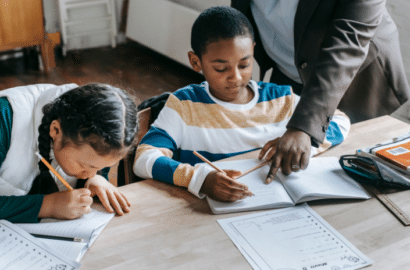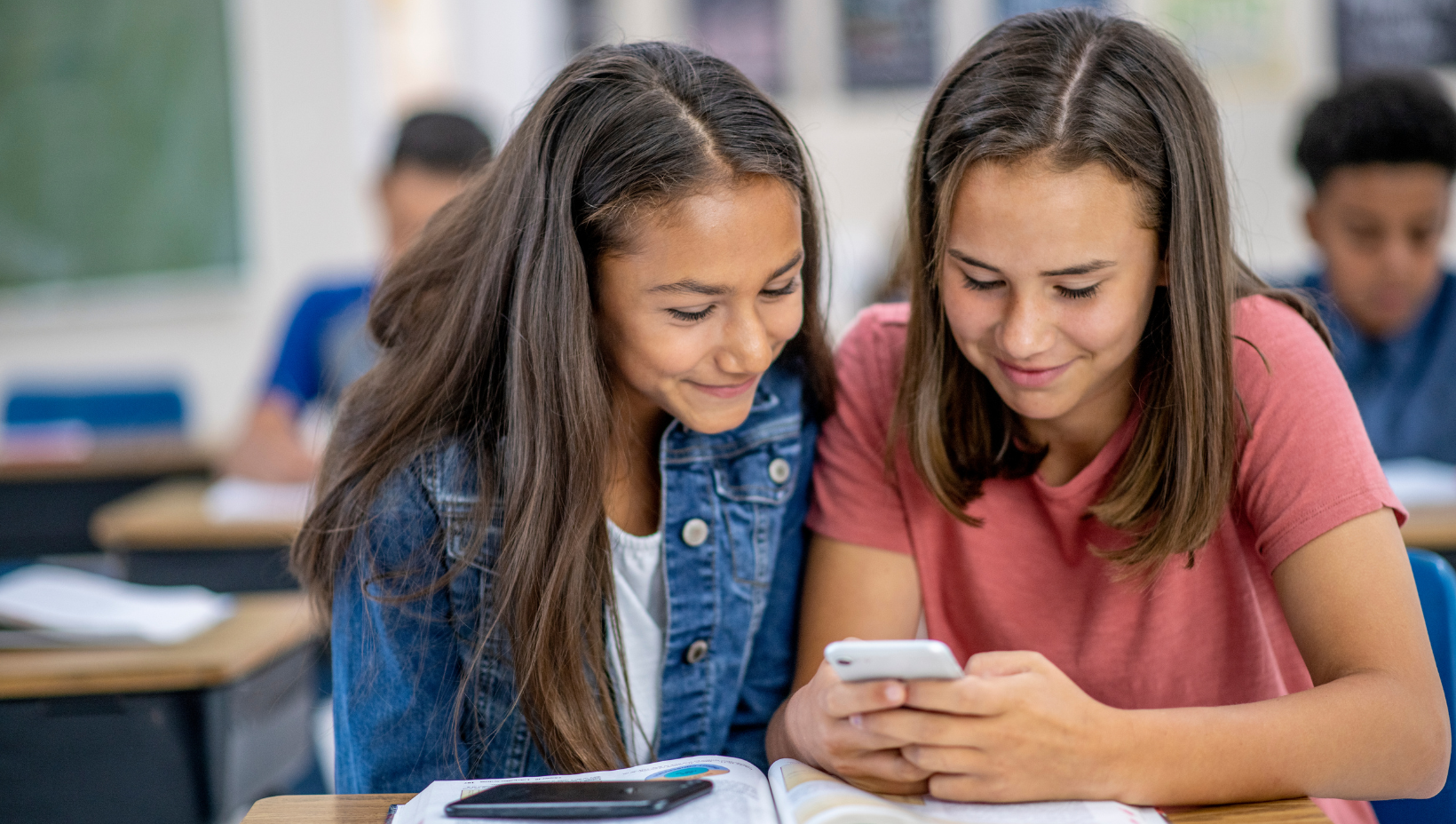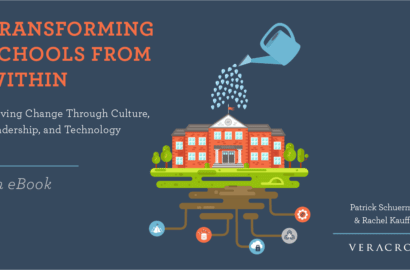
As schools focus more heavily on student well-being, they are paying more attention to external factors like social media and cell phone usage. Today’s students have grown up in the digital age — but is this technology causing them more harm than good? Let’s explore the impact of social media on K-12 students and how educators can help mitigate the risks and maximize the benefits.
Negative Impacts of Social Media
Let’s start with the downsides. In recent years, social media has become a hot topic for parents, educators, and policy makers alike because of its correlation to mental health issues and misbehavior. Here are a few common side effects of social media usage.
Shortened Attention Span
One of the most concerning impacts of social media for K-12 students is something called “TikTok brain.” With their short, engaging videos and a never-ending feed, platforms like TikTok can condition students to expect constant stimulation and instant gratification. This can lead to a shortened attention span, making it challenging for students to focus on longer, more demanding tasks such as reading or studying. Even more, research has shown that perpetually scrolling and switching between tasks can impair cognitive functions and reduce the ability to concentrate for extended periods.
Increased Anxiety and Depression
The constant connectivity and exposure to social media is also contributing to increased anxiety and depression among K-12 students. The fear of missing out (FOMO), cyberbullying, and pressure to maintain a certain online persona can all amplify mental health issues. According to various studies, there is a significant correlation between heavy social media use and higher levels of anxiety and depression in teenagers. The need for validation through likes and comments can create a cycle of dependency, where students’ self-worth becomes tied to their online presence.
Low Self-Esteem
Social media platforms are often a highlight reel of people’s lives, showcasing only the best moments. For K-12 students, this can create unrealistic expectations and comparisons, leading to feelings of inadequacy and low self-esteem. The pressure to conform to certain beauty standards or lifestyles can be overwhelming, especially during the formative years of adolescence. Studies have indicated that excessive social media use is linked to body image issues and a decrease in overall self-worth among young users.
Misbehavior
Last but not least, social media can sometimes encourage misbehavior among students. The anonymity and distance provided by online interactions can lead to cyberbullying, harassment, and other forms of inappropriate behavior. Additionally, exposure to harmful content or peer pressure to participate in risky challenges (Tide pods, anyone?) can result in real-world consequences.
Schools often face the challenge of addressing these behaviors, which can disrupt the learning environment and affect students’ well-being. Our student behavior management platform, ePraise, can help streamline student behavior management with a focus on positive reinforcement and transparency.
Positive Impacts of Social Media
Despite the negative aspects, social media also offers significant positive impacts for K-12 students.
Community and Connection
One of the most notable benefits is the sense of community and connection it can provide. Social media platforms allow students to stay in touch with friends and family, fostering relationships that might otherwise be difficult to maintain. For students who feel isolated or marginalized, online communities can offer support and a sense of belonging. These connections can be particularly valuable during times of transition or stress, such as moving to a new school or dealing with personal challenges.
Access to Information
Another major advantage of social media is the access to information it provides. Students can use platforms like X, Instagram, and YouTube to learn about a wide range of topics, from current events to educational content. This can supplement traditional classroom learning and encourage self-directed education. Teachers and schools can also leverage social media to share resources, communicate with students, and enhance the learning experience. The ability to access diverse perspectives and up-to-date information can help students develop critical thinking skills and stay informed about the world around them.
It’s important to note that access to information also brings access to misinformation. Schools can help students decipher between the two by promoting media literacy and teaching students how to be responsible digital citizens.
Skill Development
Social media can also help K-12 students develop new skills. Creating content for platforms like YouTube or Instagram can enhance creativity, digital literacy, and communication skills. Students can learn to express themselves, engage with an audience, and navigate the complexities of online interactions. These skills are increasingly valuable in a digital-first world and can provide a foundation for future academic and professional success.
Advocacy and Awareness
Finally, social media empowers students to engage in advocacy and raise awareness about issues they care about. Platforms like X and TikTok have been instrumental in mobilizing young people around social and environmental causes. This engagement can foster a sense of agency and responsibility, encouraging students to become active participants in their communities and the broader world.
Supporting Students in the Social Media Age
Social media can be both a positive and negative influence on K-12 students. As educators, it’s important to recognize both sides of the coin and help students understand the good and bad ramifications of continued social media usage.
By promoting responsible social media use, fostering digital literacy, and providing mental health resources, schools can help students harness the benefits of social media while minimizing its potential harms. Through a balanced approach, we can ensure that social media serves as a tool for connection, learning, and growth, rather than a source of stress and distraction.



